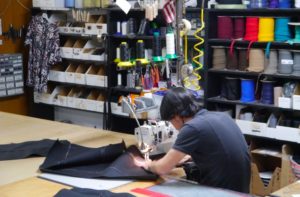
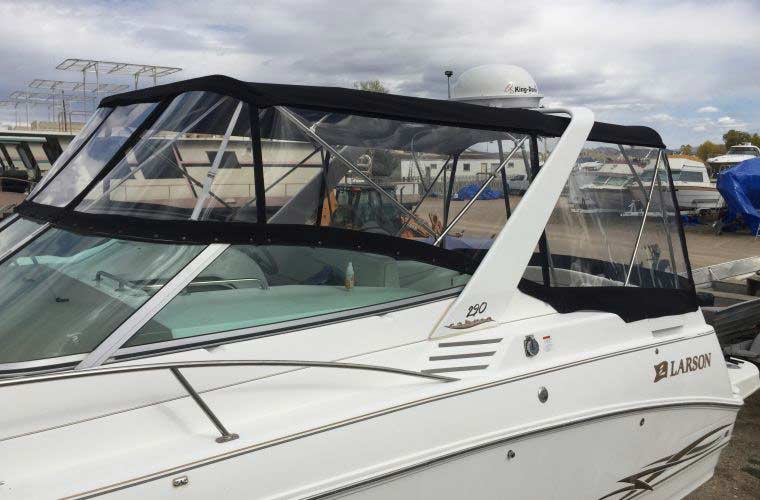
Ours Vs. Theirs: Enclosures
We only fabricate a few enclosures each year—not because we can’t, but because our process emphasizes quality over speed. While this makes us more expensive than our competitors, we deliver premium products that last. Known as “Conestoga Covers” by Utah boaters, our enclosures and biminis stand out for their durability and craftsmanship.
The biggest difference lies in the clear vinyl. Many shops use 20-gauge vinyl, which stretches and shrinks over time. We only use 30-gauge vinyl in entry-level enclosures and up to 60-gauge or rigid polycarbonate for deluxe models, ensuring long-term clarity and performance. Every enclosure we build includes our premium bimini top, designed for longevity and functionality. Here’s what sets ours apart:
- A unique design that places the pin side of the zipper only on the bimini top, preventing flapping and rattling when the enclosure is not in use.
- Stainless steel framework and hardware for added strength and rust resistance.
- Reinforced edges with double-layered custom flaps for durability.
- Zippered pockets for easy removal and storage.
Other fabricators often cut corners with aluminum frames, single-layer flaps, and poorly sewn zippers, leading to leaks and durability issues.
We offer two options:
- Economy/Weekend Warrior Enclosure: Great for occasional use, reinforced with polyester webbing.
- Deluxe Enclosure: Ideal for year-round protection, with double-faced snap lines, better fit, and premium materials.
Every detail, from hidden zippers to watertight seams, ensures a snug fit that keeps water out and extends the life of your enclosure. Built to last, our enclosures set a high standard for quality and performance.
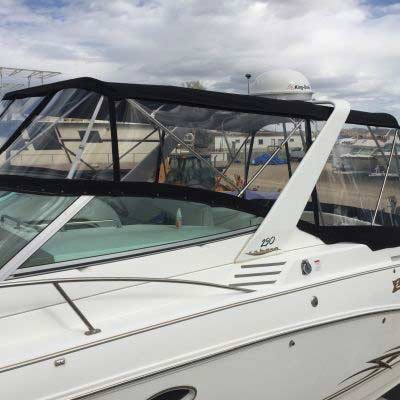
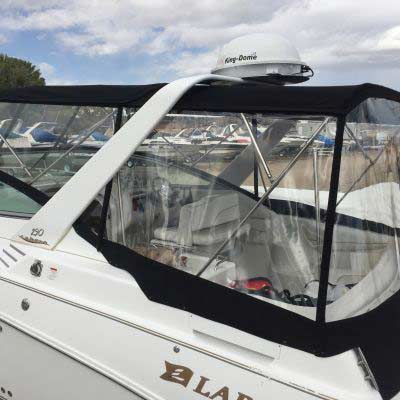
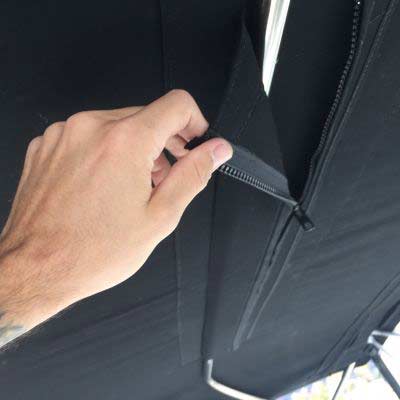
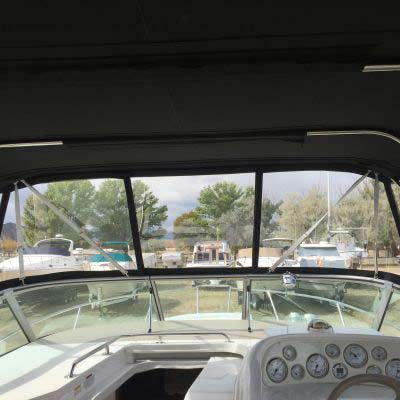
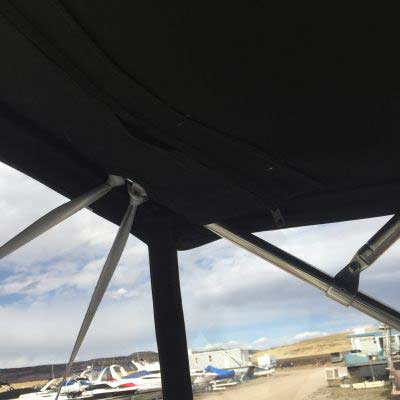
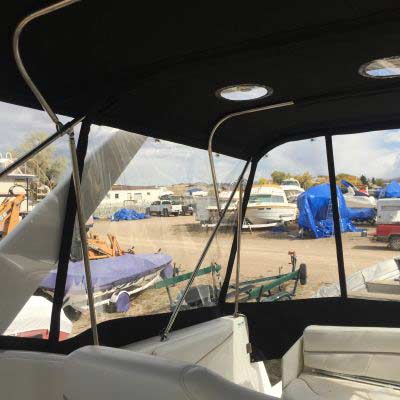
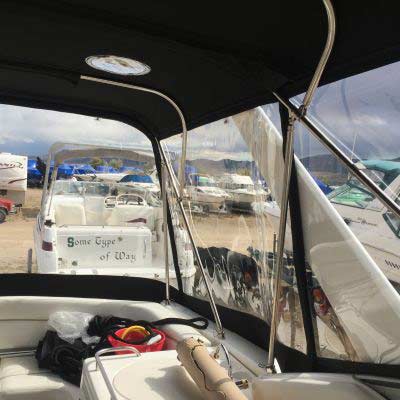
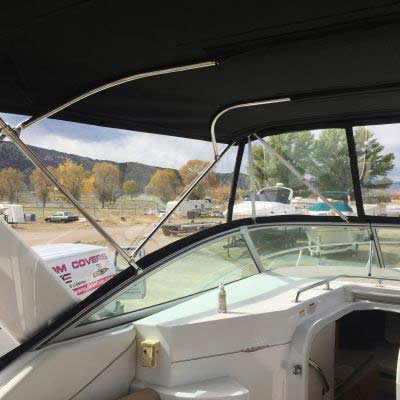
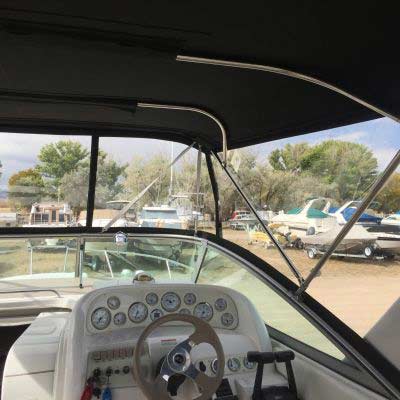
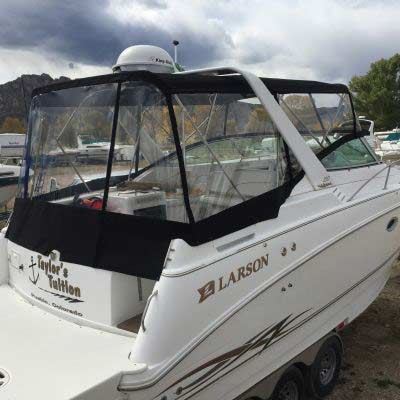
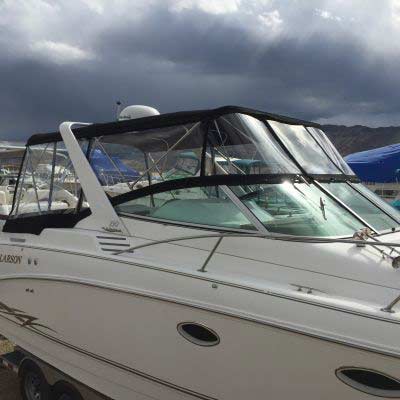
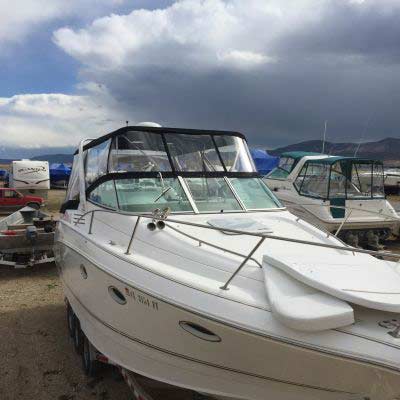
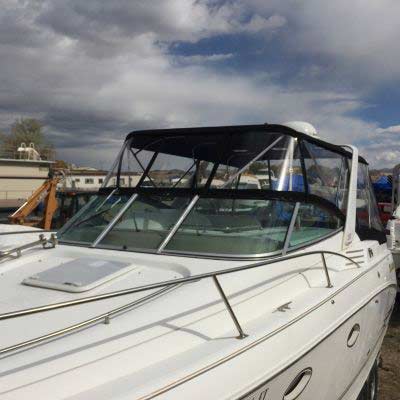
Recent Posts

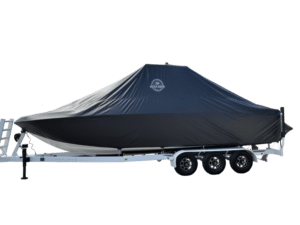
The Value of Craftsmanship: Why SewLong Covers are Worth the Investment
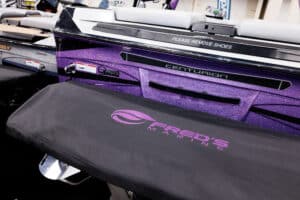
Boost Your Brand with Custom-Branded Boat Covers
Featured Posts
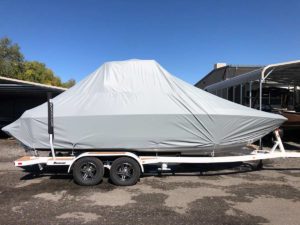
One Size Fits All?
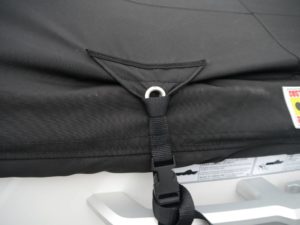
Cinch Vs. Ratchet: Fabrication
